

Mitchell Lane PUBLISHERS
Copyright 2007 by Mitchell Lane Publishers. All rights reserved. No part of this book may be reproduced without written permission from the publisher. Printed and bound in the United States of America.
Printing 1 2 3 4 5 6 7 8 9
A Robbie Reader/Natural Disasters
The Ancient Mystery of Easter Island
The Bermuda Triangle Bubonic Plague
Earthquake in Loma Prieta, California, 1989
The Fury of Hurricane Andrew, 1992
Hurricane Katrina, 2005
The Lost Continent of Atlantis
Mt. Vesuvius and the Destruction of Pompeii, A.D. 79
Mudslide in La Conchita, California, 2005
Tsunami Disaster in Indonesia, 2004
Where Did All the Dinosaurs Go?
Tornado Outbreak 1985
The Volcanic Eruption of Santorini, 1650 BCE
Library of Congress Cataloging-in-Publication Data
Whiting, Jim, 1943
The volcanic eruption of Santorini, 1650 BCE / by Jim Whiting.
p. cm. (A Robbie Reader. Natural disasters)
Includes bibliographical references and index.
ISBN 978-1-58415-568-3 (library bound)
eISBN: 978-1-54574-958-6
1. Santorini Volcano (Greece) History. 2. Santorini Volcano (Greece) Eruptions. 3. Geology Greece Thera Island Region. 4. Volcanism Greece Thera Island Region.
I. Title.
QE523.S27W55 2008
949.585 dc22
2007000816
ABOUT THE AUTHOR: Jim Whiting has been a remarkably versatile and accomplished journalist, writer, editor, and photographer for more than 30 years. He has made numerous trips to Greece, including three visits to Santorini. A voracious reader since early childhood, Mr. Whiting has written and edited more than 250 nonfiction childrens books on a wide range of topics. He lives in Washington state with his wife and two teenage sons.
PHOTO CREDITS: pp. 4, 8, 11, 12 USGS; p. 14 University of Rhode Island; pp. 16, 17, 22, 24, 25, 26 Jim Whiting; p. 18 David Hardy/Photo Researchers; p. 20 Ivan Kashinsky; p. 21Jonathan Scott; p. 27 Jaime Kondreck
PUBLISHERS NOTE: The following story has been thoroughly researched and to the best of our knowledge represents a true story. While every possible effort has been made to ensure accuracy, the publisher will not assume liability for damages caused by inaccuracies in the data, and makes no warranty on the accuracy of the information contained herein.
To reflect current usage, we have chosen to use the secular era designations BCE ("before the common era") and CE ("of the common era") instead of the traditional designations BC ("before Christ") and AD (anno Domini, "in the year of the Lord").
PLB
TABLE OF CONTENTS
Chapter One
Living the Good Life
Chapter Two
Explosive Islands
Chapter Three
The Biggest Bang in History?
Chapter Four
Stories About Calliste
Chapter Five
Santorini Today
Words in bold type can be found in the glossary.
 CHAPTER ONE
CHAPTER ONE
Living the Good Life
Thousands of years ago, the citizens of Akrotiri (ak-roh-TEER-ee) were living very well. Their town was on the island of Calliste, between Greece and Crete in the Aegean (uh-JEE-un) Sea. On a modern-day map, Calliste is called Santorini (san-tuh-REE-nee).
Crete was also quite civilized , and the two islands traded goods. Sailors would leave Calliste in the morning and arrive at Crete before dark. They would spend a few days exchanging their products and seeing the sights. Then they would sail home.
The climate in the Aegean was ideal. The sun shone regularly during most of the year, and people enjoyed being outdoors.

Ancient murals show how people lived on Calliste. From the murals, we know that fish were important to the people of Calliste.
The people on Calliste also enjoyed their large homes. Some houses had two, three, or even four stories. A few had as many as thirty rooms. Homeowners could afford to have artists paint murals on their walls. Many of these murals have survived through the centuries. They showed workers such as fishermen. They also showed well-dressed people who ate good food and liked animals. Some families even had monkeys for pets.
In most other parts of the world, people rarely bathed. Some never did. The people of Akrotiri, though, kept themselves clean. They could take hot baths often.
Their town was also very clean. In other places, people simply emptied sewage onto the streets. The filth caused terrible odors and helped spread disease. In Akrotiri, flush toilets emptied into an underground sewage system.
Its no wonder that the inhabitants called their island Calliste. The word means most beautiful. They had enjoyed their way of life for hundreds of years. They didnt know they were living on a time bomb.
 CHAPTER TWO
CHAPTER TWO
Explosive Islands
The island of Calliste was actually a volcano that had slowly built up from the bottom of the ocean.
The ground we walk on appears solid, but a few thousand feet under the surface, it isnt. There, the earth is very hot. The surface floats on a layer of hot gases and melted rock called magma (MAG-mah). Magma and the hot gases produce a lot of pressure. When the pressure gets too great, the magma and gases erupt through cracks or weak spots in the ground.
When the magma meets air or cold water, it is known as lava (LAH-vah). As the lava cools, it forms a little hill. Over many years, the hill gets higher and higher. It can reach thousands of feet above the ground or above the bed of the sea.
Many islands have been formed by volcanoes, including the Hawaiian Islands. The first of these volcanic islands rose above the surface of the ocean a little over 5 million years ago. Since then, several more have emerged.
Kilauea (kee-lao-WAY-uh) on the Big Island of Hawaii is the worlds largest currently active volcano. It has been erupting almost constantly since 1983. Lava that flows from Kilauea can destroy property. Volcanoes on the other islands are dormant . That means they are sleeping," or not erupting. Scientists believe that some of them may wake up in the next hundred years. They also believe there will be more Hawaiian Islands, but the new ones may take about 50,000 years to reach sea level.
Calliste was much younger than the Hawaiian Islands. It was probably only about one million years old. It had erupted many times, until its peak finally broke the surface of the water. With further eruptions, it continued to grow. By 1650 BCE, the round island was 10 about ten miles across. It had a small bay in the southern part.

The Kilauea Crater on the Big Island of Hawaii. According to legend, it is the home of Pele, the Hawaiian volcano goddess. The crater stands about 4,200 feet above sea level. Scientists believe that it began erupting at least 300,000 years ago.
It would take only a couple of hours to undo the work of a million years.

Next page

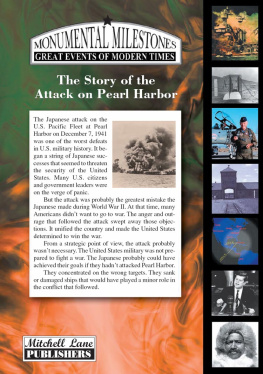
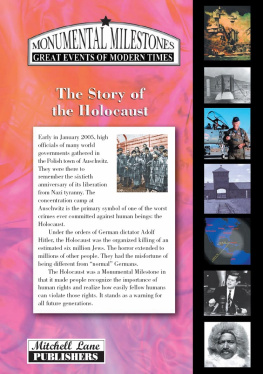

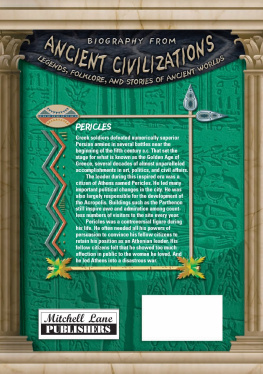

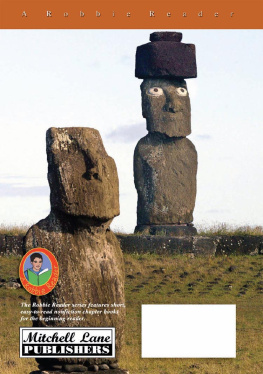

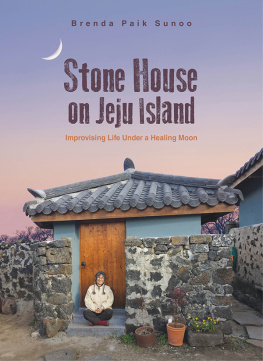

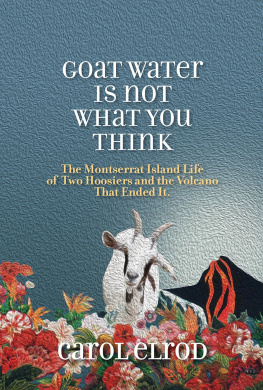
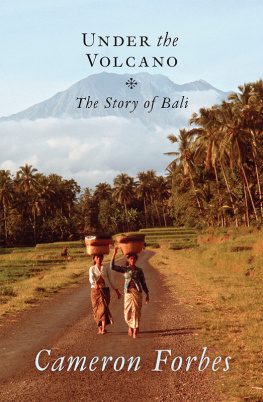
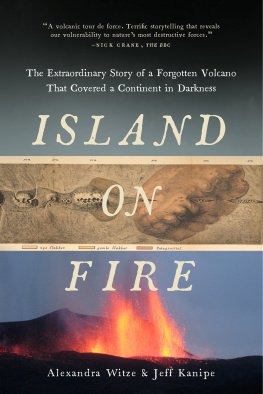
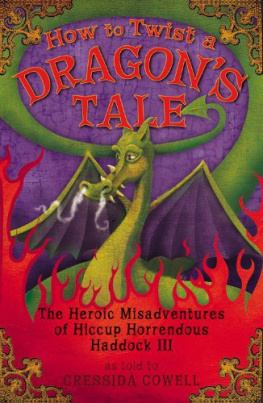


 CHAPTER ONE
CHAPTER ONE
